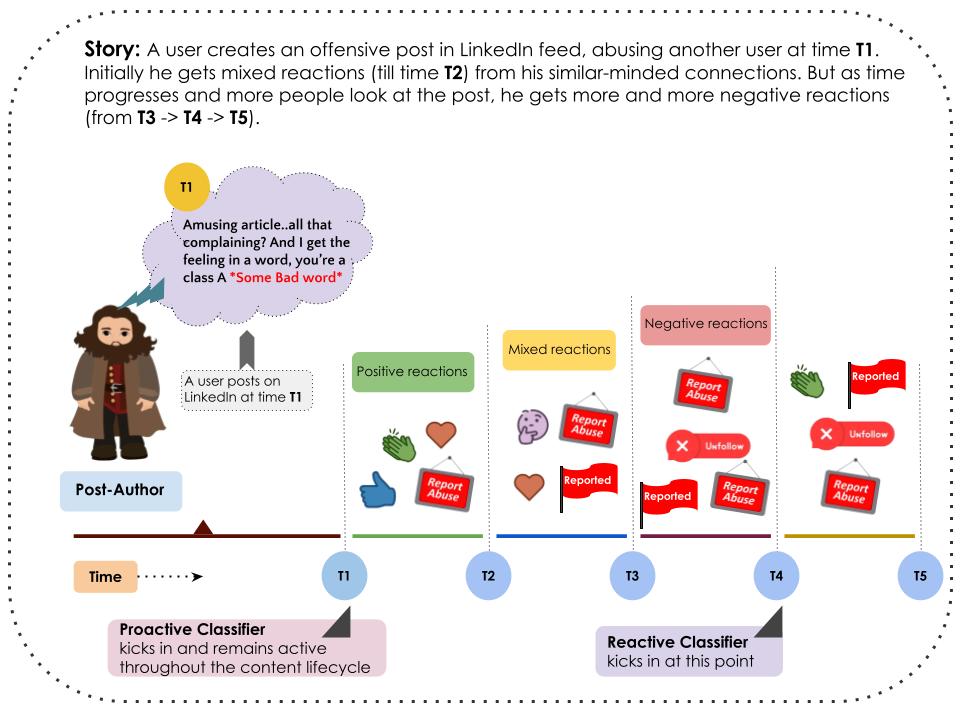LinkedIn: How its Feed Algorithm Works
LinkedIn has shared a new technical overview of its efforts to combat viral spam in the app, which also provides some interesting notes on how its feed algorithm works, and how content gains traction in the app.
“LinkedIn is not designed for virality but on occasion posts that result in significant engagement in the form of likes, reactions, comments, and reshares in a short period of time could be considered viral.”
So how can you maximize post reach? In the overview, LinkedIn explains how its system works.

So LinkedIn’s telling us that the key factors that weigh into the performance of a post are:
The post author Engagement signals Temporal signals (velocity of likes/reactions, shares, comments, and views) In terms of post author, LinkedIn says that its system measures:

“The influence and popularity of [members posting and engaging with a post] as their action might expose the post to a lot more members creating a cascade effect which makes the post go viral. Here, we use features such as followers and connection counts, diversity in industry, location, and level of the network (connections and followers) of these members.”
Note that LinkedIn uses the term ‘members’ not ‘users’, because LinkedIn doesn’t share data on actual user counts, only total members.
"Here's the long post from Linkedin":https://engineering.linkedin.com/blog/2023/viral-spam-content-detection-at-linkedin.